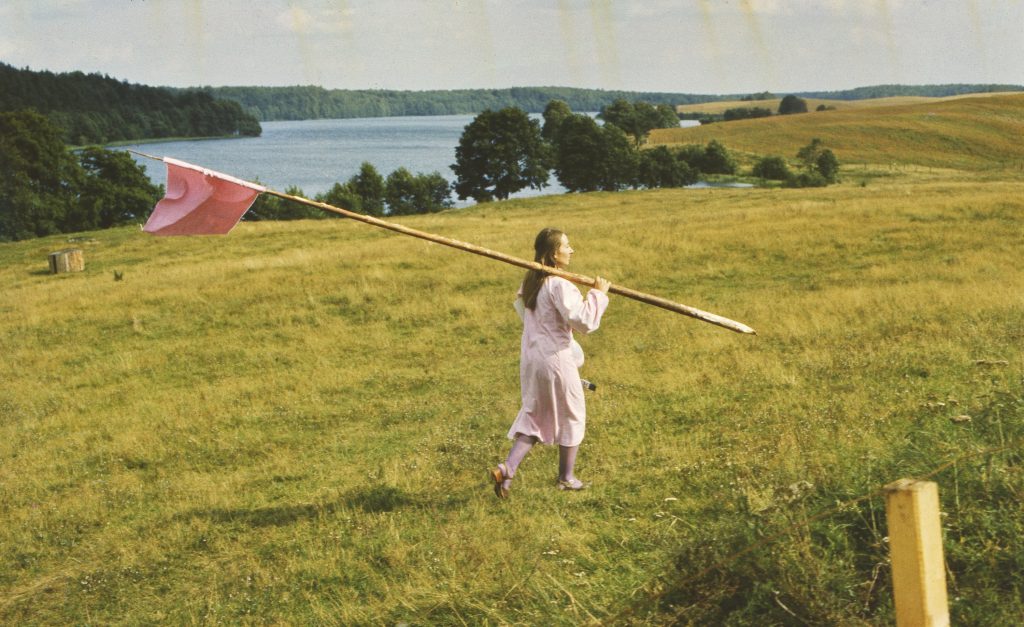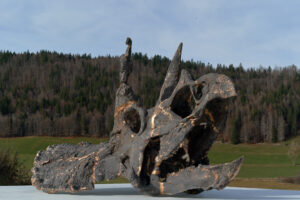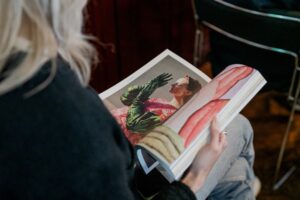Ancient voices will heal the world of tomorrow
Interview with Julia Watson
text: Theo Paijmans
She studied sacred places and learned from indigenous communities how to safeguard a landscape against wildfires. Australian-born landscape designer Julia Watson travelled the world to study a unique array of ancient technologies aimed at preventing the exhaustion of the planet. All of them based on one fundamental principle: the absolute symbiosis between man and nature.
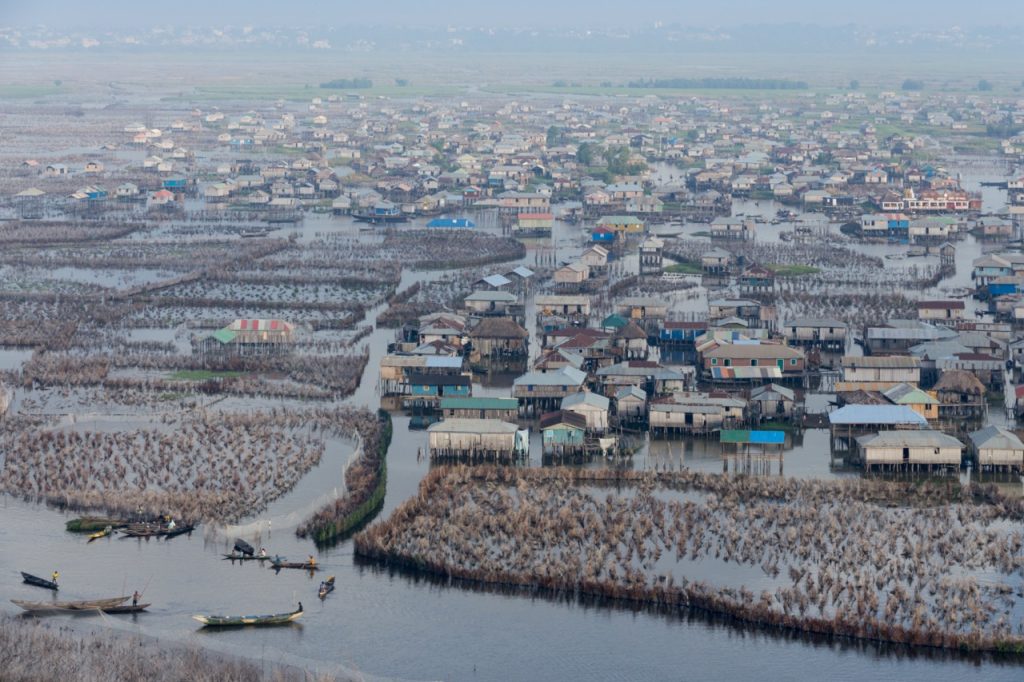
There is a way to heal the world, but we need to listen to indigenous cultures that have always lived in symbiosis with nature, says Julia Watson. The Australian-born landscape designer embarked on a seven-year journey to redefine technology and identify the kind of technology we actually need to confront climate change. Over the phone, her voice sounds lighthearted. Laughter is punctuated by more pensive moods and wonder. Watson has studied a unique array of technologies, some based on knowledge thousands of years old. All rely on one fundamental principle: the absolute symbiosis between man and nature. Currently in Brooklyn, over 5000 kilometers, Watson sounds remarkably close. ‘I’m having a baby next week,’ she says straightaway, ‘So everything is in flux. We’re not quite sure when it’s actually happening.’ It’s a wonderful new chapter in a remarkable journey that began in her own childhood. It has led her to become one of the world’s foremost experts on nature-based technologies and ecological resilience. She regularly teaches urban design at Harvard and Columbia universities, and recently wrote the book Lo-TEK: Design by Radical Indigenism.
‘Lo-TEK is a word I made up. It was a necessary redefinition of traditional ecological knowledge and the technologies embedded in it. This accumulated body of knowledge is passed down for generations in songs and stories. Usually in the form of orally based transmissions, a characteristic of indigenous and local communities’, she explains. ‘People call nature-based technologies low-tech as opposed to high-tech, the realm of technology that we understand. Low-tech is non-industrialized and based around a different set of parameters. But the technologies I was looking at are very complex. They are seasonal, have evolved over long periods of time, and were meant to work for generations. They had all these unique characteristics that defined them as their own body of technology, and as something that can be seen as a climate change solution.’
Traditional ecological knowledge consists of intertwined layers of knowledge, practice, belief, worldview, and technologies. But because the latter are categorized as low-tech, nobody really noticed their existence. ‘They were completely overlooked. Then you get into another conversation about the reason why. Because of racism, colonialism and other forces at work in the world.’ So she founded Lo-TEK, a design movement that builds on this indigenous knowledge to create a nature-based, sustainable technology.
Floating islands
Watson set out to investigate the ecological technologies of various indigenous cultures. In the book she takes us to eighteen countries, from the Philippines to Tanzania and Iran, and reveals ways of living in a close rapport with nature. For centuries, the Khasi tribe of Northern India have woven magnificent living bridges from aerial roots of rubber trees. Some grow as long as eighty meters. Hidden deep in the Amazon rainforest in Brazil, the Kayapó tribe has introduced hundreds of different plant species into the rainforest, creating a varied and highly productive food base.
In other parts of the world, communities have perpetuated the ancient art of building floating islands. In southern Iraq, the Ma’dan tribe has done so for the last 6,500 years. ‘I wanted to have a direct input from local people, speaking about the place they knew, belonged to and lived in. In Peru I saw the wonderful floating island technology at Lake Titicaca. The Uros people there build huge brick modules ranging in size from two by six to six by ten metres, which they lash together. They cut the modules from the root system of totora reed that grows in the wetlands. Because of the type of decomposition and the cellular structure of the roots, these bricks have buoyancy. They create large floating islands where several families live. It’s an incredible technology. When you walk on these islands, it feels like walking on a spongy waterbed. Your balance is quite challenged.’ Such islands usually last for twenty years.
In India she marvelled at the East Kolkata Wetlands, a partly man-made area covering some 125 square kilometres, east of the city of Kolkata. The waterways are edged by lush vegetation, but the distant concrete skyline of Kolkata is a reminder of the pressure of the homogenous, modernizing human presence on the world’s ecosystems. Watson met and interviewed Dr Dhrubajyoti Gosh, who championed this remarkable system for 45 years. ‘It was his last interview before he passed away. My very last question was what he wanted to see in the future and he answered that he wanted to live to see the site preserved. It is one of the most unique wastewater treatment technologies in the entire world and yet the government and developers threaten it. The system treats the sewage of seven million people of Kolkata every day and it’s completely natural. It saves the city millions, not needing to put in a waste treatment system. This is a non-polluting, agricultural community providing free services to the city.’ Each year the wetlands produce thousands of tons of fish and up to fifty percent of all the green vegetables in the city’s markets.
‘But it doesn’t fit in the paradigm sold to so many countries in the global south, that western technology is best way of doing things. We in the west can now say, look, this is unique, this is the future, this is what should be preserved and you need to protect it because it’s where we want to be. You have leapfrogged us, and you should be placing so much more value on this system.’
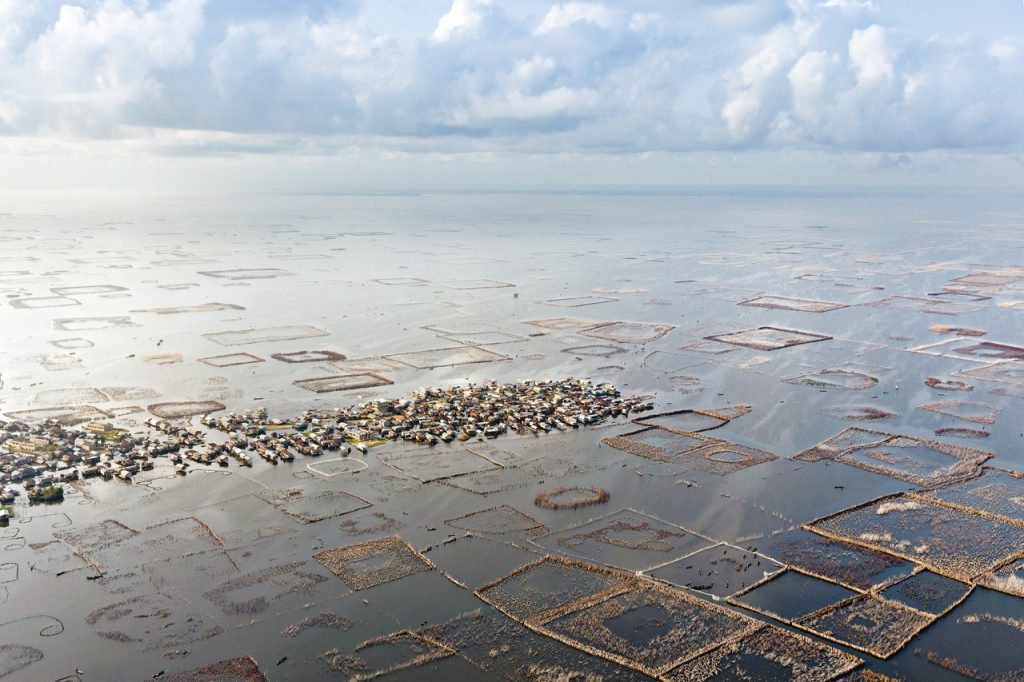
Cultural burning
What put her on this path was the Exxon Valdez oil spill. The world’s second largest ecological disaster made an indelible impression on her young mind. It occurred in March 1989 when, on a routine sea crossing, the hull of the tanker ruptured, spilling more than ten million gallons of crude oil. It polluted over two thousand kilometers of Alaskan coastline. Watson still vividly remembers the television images of birds being cleaned by scores of volunteers. ‘People who are my age remember it as well, sitting there, watching it and really feeling it deeply. I saw it when I was eleven, twelve years old.’
At that age, nature can still be felt as overwhelmingly magical and majestic. So the experience was traumatic, she admits. ‘Totally. It was around the same time that we first travelled to America, and I went to Yosemite National Park. It’s a sacred place as well and I had never seen anything like it.’ She remembers meeting a deer face-to-face and feeling the overwhelming grandeur of nature. ‘But we didn’t learn about climate change until about two years after that, in ninth grade. It was difficult to find literature. We called it the greenhouse effect. It was something that was whispered at the back of the normal cultural exchanges, and now it’s such a loud voice.’
Watson studied sacred spaces and the Australian bush fires. She learned about cultural burning, an ancient and effective aboriginal method of safeguarding the landscape against wildfires. ‘Many different indigenous communities in America and Australia use it. Last year with the Australian wildfires twenty one percent of the forest was on fire or burnt, it was insane. They found that the wildfires went around the sites of cultural burnings. It’s obvious why; the sites had reduced fuel loads and were managed. It was quite a revelation, since cultural burning became banned with the colonization of Australia. There’s a great book, Fire Country, by writer and filmmaker Victor Steffensen. In it he talks about using cultural burning in the outback at different properties and having to hide it from white farmers who would get very angry. It was so unfamiliar that there was great distrust of the aboriginal fire technology. But the aboriginal community feels that they take care of Country. Their obligation is to Country and that exceeds their obligation to colonization and farmer’s land rights. They need to do this to help Country, a totally different mindset. I control the land because it is mine, versus I care for the land because that’s my responsibility.’
Ecosystem thinking
Our western technologies, the product of two centuries of industrial revolution, are often thought superior but are actually quite limited, she says. ‘Because they are sourced from extractive industries, by the felling of forests, they have brought us to where we are, threatening our own survival. We can’t continue this trajectory, because we are living in a world of finite resources. We’re at a point where we emit so much carbon dioxide that we’re affecting global oscillations. We don’t harness all these incredible, nature-based complex ecosystem technologies, because we don’t use ecosystem thinking to develop the way we interact with nature. We have beautiful examples of such technologies. Take the treatment of wastewater. We use treatment plants, a highly industrial technology.
But there’s the alternative of nature-based wastewater treatment systems combining clean water with agriculture that don’t use chemicals or electricity. From waste you win fertilizer; you grow crops and feed cities. They also sequester carbon and mitigate flooding. They have all these incredible environmental values. When you think of it as a design element in a city or within a regional context, you can do ten different things with that particular technology, rather than just one thing with a wastewater treatment plant. You get clean water with that, but it also pollutes and uses electricity. By using just the sun and a symbiosis between algae and bacteria, we can create these beautiful systems with so much potential. They generate life and sustain even more life on multiple complex levels. It’s a completely different way of thinking.’
Deep feeling
Time and again she has found this philosophy underpinning the ecological technologies of indigenous communities. ‘We need to arrive at a new cultural consciousness, a cultural shift that will allow individuals to think about their place in the scale of life on earth. The relationship of humans with the rest of life on earth is conceived so differently in these indigenous communities. Everything there is based around traditional ecological knowledge. They have this deep feeling that we need to respect the earth and they understand that the earth is living. For us too, sustainability needs to become the foundation for all the other modes of thought.’
